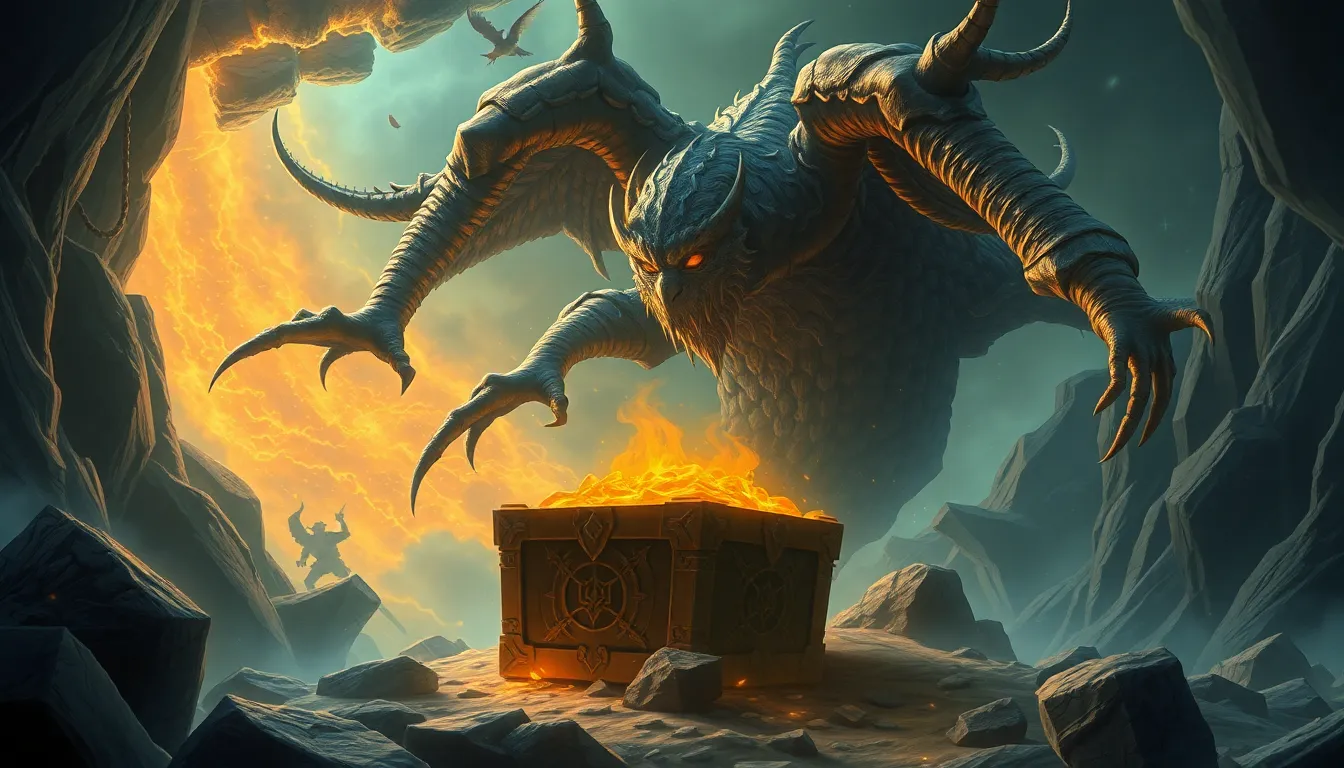The Quest for the Sacred Connection: Myths of Unity
Introduction: Defining Sacred Connection and Unity
The terms “sacred connection” and “unity” evoke a profound sense of togetherness and shared purpose that transcends individual existence. A sacred connection often refers to the deep, spiritual ties that bind individuals to each other, to nature, and to the universe, while unity denotes a state of being one, harmoniously coexisting with others. Exploring the myths surrounding these concepts in various cultures is significant, as they reveal how societies have historically sought to understand their place in the world and the relationships that define them.
Historical Context: The Roots of Unity in Ancient Civilizations
Early civilizations, such as those in Mesopotamia, Egypt, and the Indus Valley, placed a strong emphasis on unity within their social structures and spiritual beliefs. In Mesopotamia, for instance, the Sumerians believed in a pantheon of gods who governed various aspects of life, and their myths often illustrated the importance of communal worship and collective identity.
Similarly, ancient Egyptians viewed the concept of Ma’at—truth, balance, and cosmic order—as a foundation for societal unity. This interconnectedness was not only social but also spiritual, as individuals sought harmony with the gods and the universe. The Indus Valley civilization, with its advanced urban planning and trade networks, reflected a collective identity where unity was vital for survival and prosperity.
Mythological Framework: Common Themes in Unity Myths
Across cultures, several recurring themes can be found in unity myths, often revolving around creation stories and the interconnectedness of beings. These myths typically portray the universe as an intricate web of relationships, where every element has a role in maintaining harmony.
- Creation Myths: Many cultures have creation myths that emphasize unity, such as the Maori story of Ranginui and Papatuanuku, the Sky Father and Earth Mother, whose embrace symbolizes the unity of all life.
- Heroic Journeys: Myths featuring heroes often illustrate the importance of community and collaboration in overcoming challenges, reinforcing the idea that unity is essential for achieving great feats.
The Role of Nature in Myths of Unity
Nature plays a vital role in many myths of unity, as natural elements often symbolize sacred connections. Rivers, mountains, and forests are not just physical entities; they embody spiritual significance and the interconnectedness of life.
For example, in Native American myths, the concept of the Great Spirit ties together all living beings, with nature serving as a reminder of this connection. Indigenous Australian myths, such as the Dreamtime stories, illustrate the intimate relationship between people and the land, emphasizing that every aspect of nature is imbued with sacred significance and unity.
Unity in Religious Narratives: From Polytheism to Monotheism
Various religions interpret sacred connections through their deities, offering unique perspectives on unity. In polytheistic religions, a diverse pantheon of gods often represents different aspects of life, with myths illustrating how these deities work together in harmony.
In contrast, monotheistic traditions emphasize a singular divine presence, creating a framework where unity is found in the relationship between the individual and the one God. This can lead to a different understanding of community, where believers are united in their worship and devotion.
Psychological Insights: The Human Need for Unity and Connection
Psychology provides insights into the human desire for connection, suggesting that our need for unity is rooted in evolutionary survival. Theories such as Maslow’s hierarchy of needs highlight that belongingness is fundamental to human motivation.
Myths play a crucial role in shaping collective identities and societal cohesion, offering narratives that bind individuals together in shared beliefs and values. These stories create a sense of belonging and purpose, reinforcing the importance of unity for psychological well-being.
Modern Interpretations: How Contemporary Society Views Sacred Connection
In contemporary society, modern spirituality and New Age movements often reinterpret ancient myths, seeking to revive the sacred connections that have been lost in the hustle and bustle of modern life.
Additionally, technology and social media can both foster and hinder sacred connections. While they provide platforms for individuals to connect across distances, they can also create divisions and superficial relationships, challenging the depth of sacred connections.
Challenges to Unity: Conflict and Division in Mythical Narratives
Many myths highlight the consequences of disunity and conflict, serving as cautionary tales for societies. For instance, the biblical story of the Tower of Babel illustrates how ambition and division can lead to chaos and separation.
These narratives offer valuable lessons in addressing contemporary societal divisions, reminding us of the importance of understanding and cooperation for maintaining harmony.
The Quest for Reconnection: Reviving Myths in the Modern World
Individuals and communities can embrace unity through mythological teachings by actively engaging with these stories and their lessons. Strategies for fostering sacred connections include:
- Participating in community rituals and storytelling sessions.
- Incorporating nature into spiritual practices.
- Promoting dialogue and understanding between different cultural narratives.
Numerous initiatives and movements today aim to promote sacred connections, from environmental activism grounded in indigenous wisdom to interfaith dialogues that encourage unity among diverse belief systems.
Conclusion: The Enduring Legacy of Myths of Unity
The exploration of sacred connections through myths of unity is essential for fostering harmony in our increasingly fragmented world. These narratives not only offer insights into the human experience but also provide pathways for individuals to explore their own paths to unity.
As we reflect on these enduring myths, let us be inspired to create connections that transcend differences and celebrate the shared stories that unite us all.



